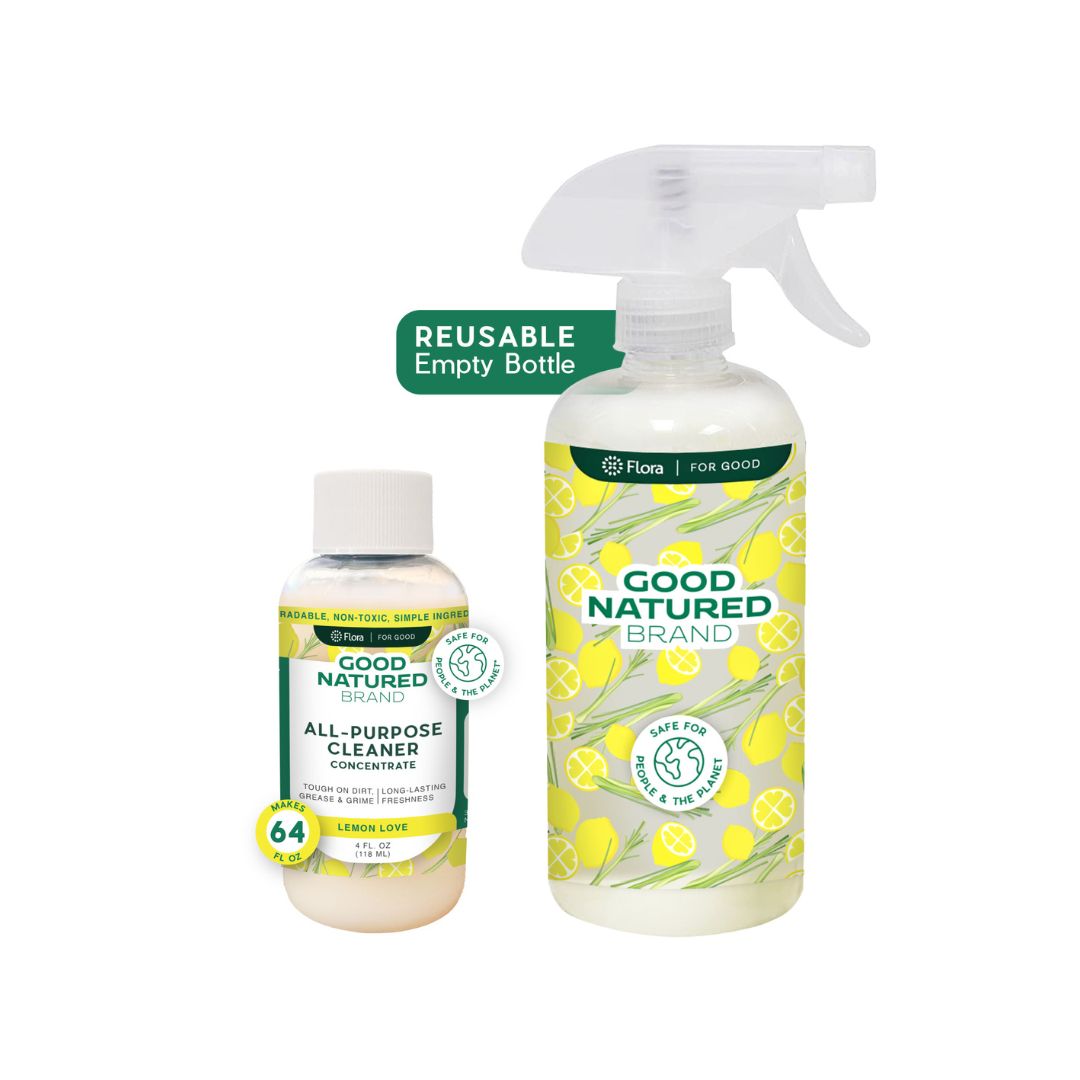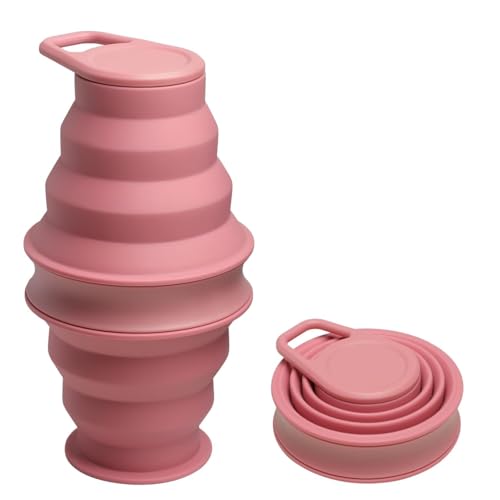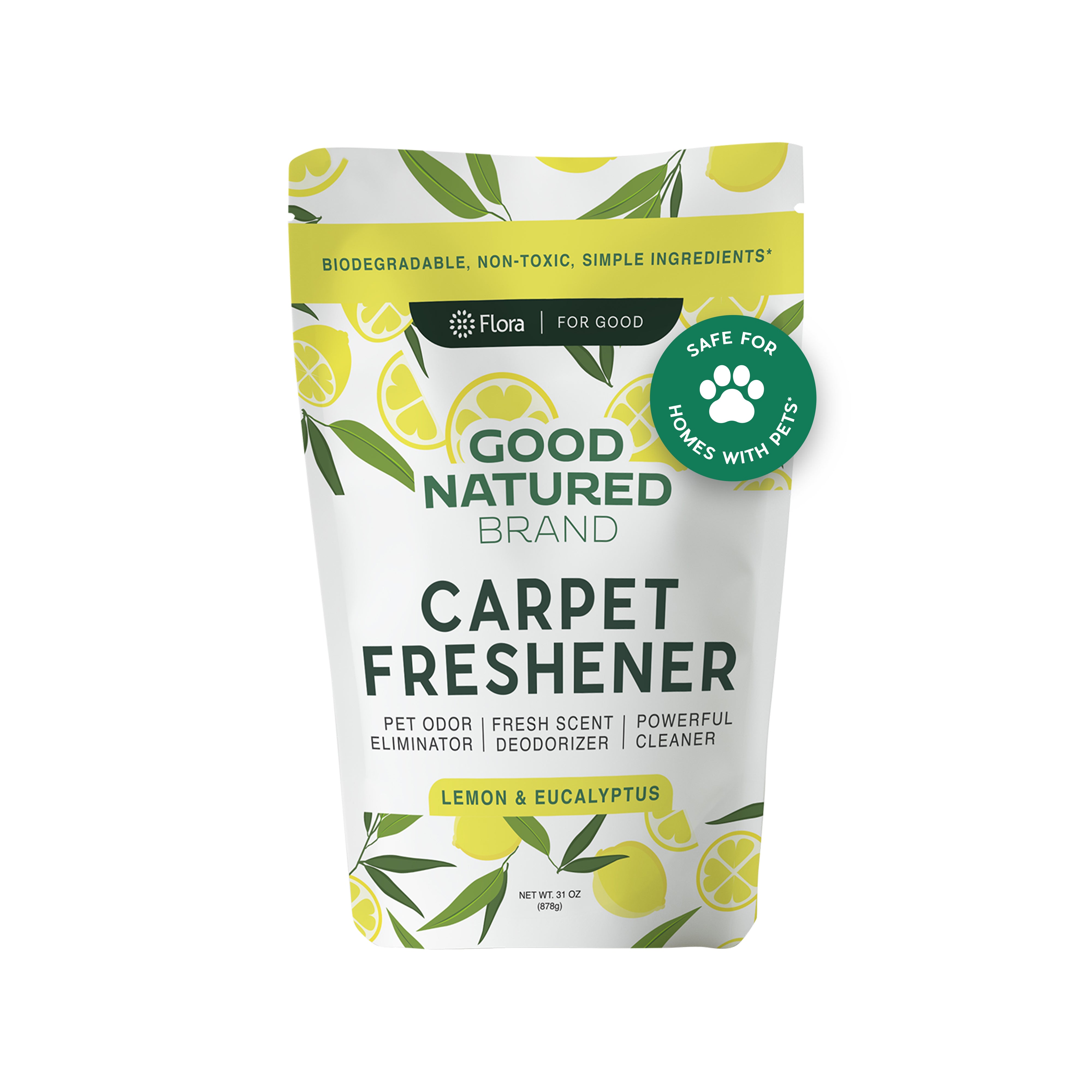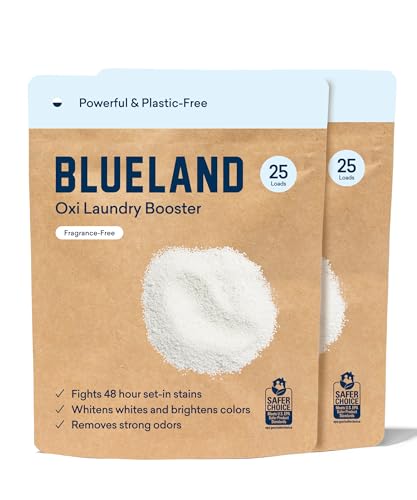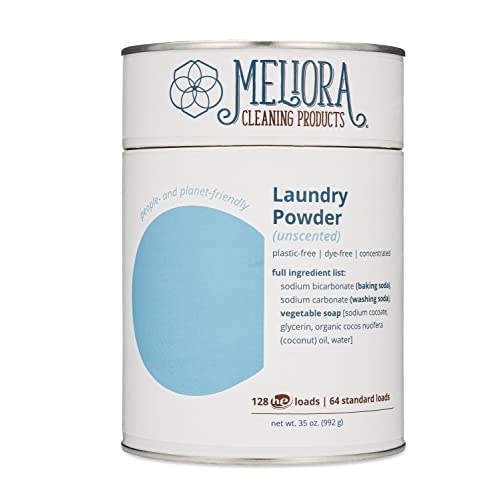
Softsoap Antibacterial Liquid Hand Soap - Fresh Lemon Scent, Moisturizing, 11.25 Fl Oz (Pack of 6)


Fragrance
High RiskFragrance refers to a mixture of aromatic compounds used in products to provide scent. It is commonly listed as 'fragrance' or 'parfum' on product labels and can serve various functions, including enhancing user experience and masking undesirable odors.
Sustai Insights
Fragrance offers functional benefits by improving product appeal; however, it poses significant health risks, notably a high likelihood of causing allergies and allergic contact dermatitis. Environmental risks include potential pollution and endocrine disruption, though its overall carcinogenicity is low. Regulatory bodies have noted concerns regarding its use, leading to a high-risk classification. Safe usage practices should be observed, and alternatives such as natural essential oils are recommended for those sensitive to synthetic fragrances.
Methylisothiazolinone
High RiskMethylisothiazolinone is a widely-used preservative in cosmetic and personal care products, known for its antimicrobial properties. It helps prevent the growth of bacteria and fungi, extending the shelf life of formulations. It is often used in leave-on and rinse-off products, including lotions and shampoos.
Sustai Insights
Methylisothiazolinone serves as an effective preservative, combating microbial growth in various personal care items. However, it is associated with a high risk of allergic reactions and skin sensitization, especially in individuals exposed repeatedly. Regulatory bodies have imposed use restrictions due to these health concerns. Additionally, while it is not considered a carcinogen, its environmental impact includes potential pollutant characteristics. Overall, the risk associated with methylisothiazolinone is high, prompting caution and consideration of safer alternatives.
Cocamide Mea
High RiskCocamide MEA is a compound synthesized from coconut oil fatty acids and monoethanolamine. It is primarily used as a surfactant and emulsifier in cosmetic formulations, contributing to the texture and stability of products such as shampoos and lotions.
Sustai Insights
Cocamide MEA serves as an effective emulsifier and surfactant, enhancing product stability and performance. While it has low concerns for cancer, allergies, and reproductive toxicity, it is associated with high use restrictions and can cause skin and eye irritation. Environmental risks include pollution and potential bioaccumulation. Regulatory bodies have placed advisories on its use, reflecting a high risk level overall. Safe usage practices are recommended, and alternatives like plant-based surfactants could be considered for a more sustainable approach.
Aka2
High RiskAcid Red 27 is classed chemically as a monoazo dye. It is primarily used in cosmetic formulations for coloring purposes. This ingredient is known for its vibrant red hue and is included in various personal care products.
Sustai Insights
Acid Red 27 functions effectively as a colorant in cosmetic products, contributing to aesthetic appeal. However, it has high usage restrictions due to its persistence and bioaccumulation potential. Health risks are low for carcinogenic, allergenic, and reproductive toxicity; nonetheless, regulatory bodies have issued warnings regarding its use. The overall risk level is assessed as high, indicating a need for cautious application, especially in sensitive formulations. Safer alternatives should be considered to mitigate potential risks.
Cetrimonium Chloride
High RiskCetrimonium chloride is a quaternary ammonium compound commonly used in personal care products as a conditioning agent and emulsifier. It aids in improving the texture and manageability of hair and skin, serving as a surfactant that reduces surface tension.
Sustai Insights
Cetrimonium chloride provides functional benefits as an effective conditioning agent, enhancing product performance. However, it poses moderate health risks, including potential allergenic reactions and irritation, while being classified with high usage restrictions by regulatory authorities. Environmental concerns include its status as a pollutant with potential bioaccumulative effects. Overall, the ingredient presents a high risk level, necessitating cautious usage and consideration of safer alternatives.
Benzalkonium Chloride
High RiskBenzalkonium chloride is a biocide, preservative, and surfactant commonly used in various products for its antimicrobial properties. It functions effectively to inhibit microbial growth and is often included in disinfectants, personal care products, and household cleaners.
Sustai Insights
Benzalkonium chloride serves as an effective preservative and surfactant, benefiting product stability and antimicrobial action. However, it is associated with high allergenic potential and moderate restrictions in use. Health risks include skin irritation and potential neurotoxicity. Environmentally, it may pose pollution risks without significant bioaccumulation. Regulatory advisories highlight its limitations. Overall, the risk level is assessed as high, and users should consider safer alternatives for sensitive applications.
Fd&C Yellow No. 5 (Ci 19140) Lake
Medium RiskFD&C Yellow No. 5 (CI 19140) Lake is a synthetic colorant used primarily in industrial production. It is derived from tartrazine and is utilized to impart a yellow hue to various products, particularly in food and cosmetics. Its formulation as a 'lake' allows for better stability and adherence in applications.
Sustai Insights
FD&C Yellow No. 5 Lake provides effective coloring in products, enhancing visual appeal. It is generally regarded as low risk for cancer and developmental toxicity, but there are moderate concerns regarding allergies and skin absorption. Regulatory bodies have imposed some use restrictions, especially for sensitive populations. Environmental risks are minimal, though it may contribute to pollution. Overall, this ingredient presents a medium risk profile, warranting careful consideration in usage and formulation.
Citric Acid
Medium RiskCitric acid is an alpha hydroxy acid used in personal care products primarily for its role as a pH adjuster and natural preservative. It occurs naturally in citrus fruits and is commonly utilized in various formulations for its chelating properties and mild exfoliation benefits.
Sustai Insights
Citric acid offers functional benefits as an effective preservative and pH stabilizer, contributing to product longevity and stability. It is biodegradable and derived from renewable sources. Health risks are low, with minimal concerns regarding carcinogenicity, allergies, and reproductive toxicity. However, moderate use restrictions exist due to potential irritation at high concentrations. Environmental risks are limited, as citric acid is not known to accumulate in ecosystems. Regulatory agencies have no significant advisories against its use. Overall, it is assessed as a medium-risk ingredient, with safe usage practices recommended and alternatives available.
Peg 120 Methyl Glucose Dioleate
Low RiskPEG-120 methyl glucose dioleate is a polyethylene glycol derivative of methyl glucose and oleic acid, primarily used as an emulsifier and surfactant in cosmetic and personal care products. It helps to stabilize formulations by allowing water and oils to mix effectively.
Sustai Insights
PEG-120 methyl glucose dioleate serves effectively as an emulsifier, enhancing product stability and texture. It is low-risk concerning carcinogenicity, allergies, and reproductive toxicity, according to regulatory assessments. However, concerns about contamination exist, necessitating cautious sourcing. Environmentally, it poses low risks, lacking bioaccumulation potential. Regulatory bodies have not issued significant warnings, supporting its low-risk classification overall. Safe usage practices should be followed, and alternatives may include plant-based emulsifiers for those seeking more sustainable options.
Sea Salt
Low RiskSea salt is a mixture of inorganic salts derived primarily from the evaporation of seawater. It consists mainly of sodium chloride, with minor amounts of other minerals. Sea salt is commonly used as a seasoning and preservative in food products and may also have applications in cosmetics and personal care items.
Sustai Insights
Sea salt serves as an effective flavor enhancer and preservative, contributing to the taste and shelf-life of food products. It is generally considered safe with low risk for health concerns such as cancer, allergies, and reproductive toxicity. Environmental impact is minimal, as it does not contribute significantly to pollution or bioaccumulation. Regulatory bodies, including the FDA, currently do not impose restrictions on its use. Overall, the risk level associated with sea salt is low, making it a widely accepted ingredient with no significant adverse effects reported.
Peg 55
Low RiskPEG-55 is a polymer of ethylene oxide commonly used as a surfactant and emulsifier in cosmetic and personal care products. It helps to improve the texture and stability of formulations by aiding in the mixing of oil and water-based ingredients.
Sustai Insights
PEG-55 offers functional benefits as an effective emulsifier, enhancing product performance. It has a low risk of health concerns, including carcinogenicity, allergies, and reproductive toxicity, and is not associated with significant environmental hazards. Regulatory bodies have not imposed serious restrictions on its use. Overall, it presents a low risk, making it a viable ingredient in formulations. Safe usage practices should be followed, and alternatives like plant-based emulsifiers may be considered for increased sustainability.
Tetrasodium Edta
Low RiskTetrasodium EDTA (ethylenediaminetetraacetic acid) is a chelating agent commonly used in personal care and cosmetic products. It functions by binding to metal ions, which helps to stabilize formulations and enhance the effectiveness of preservatives. This ingredient is typically employed to prevent product degradation and improve shelf life.
Sustai Insights
Tetrasodium EDTA is effective in stabilizing products and preventing metal ion-induced degradation, contributing to enhanced shelf life. It is generally regarded as low risk for health concerns, including carcinogenicity and allergies, with minimal environmental impact as it is not bioaccumulative. Regulatory bodies have not imposed significant restrictions on its use, though some caution is advised regarding its environmental persistence. Overall, the risk associated with tetrasodium EDTA is low, and safer alternatives may include natural chelating agents like citric acid.
Peg 40 Hydrogenated Castor Oil
Low RiskPEG-40 hydrogenated castor oil is a polyethylene glycol derivative of hydrogenated castor oil, commonly used as an emulsifier and surfactant in various cosmetic and personal care products. It helps to improve the texture and stability of formulations by facilitating the blending of oil and water-based ingredients.
Sustai Insights
PEG-40 hydrogenated castor oil offers functional benefits such as effective emulsification and stability enhancement in formulations. It is considered low risk for health concerns, including carcinogenicity and allergenic potential. Environmentally, it is not associated with significant hazards, and regulatory bodies have not imposed strict restrictions. Safe usage practices involve adhering to recommended concentrations. Overall, this ingredient presents a low risk profile with limited environmental impact, making it a suitable choice in cosmetic applications.
Vegetarian Glycerin
Low RiskVegetarian glycerin, also known as glycerol, is a colorless, odorless, and viscous liquid derived from plant sources. It is primarily used as a humectant, solvent, and emollient in various personal care products, helping to retain moisture and improve texture.
Sustai Insights
Vegetarian glycerin offers functional benefits as an effective humectant, promoting hydration and skin smoothness. It is biodegradable and typically sustainably sourced. Health risks associated with glycerin are low, with no significant concerns for carcinogenicity, allergens, or reproductive toxicity. Environmental risks are minimal, and it is not subject to major regulatory warnings. Overall, the risk level for this ingredient is low, making it a safe choice in formulations. Safe usage practices include ensuring proper concentrations in products, and alternatives such as propylene glycol exist but may have differing properties.
Water
Low RiskWater is a clear, colorless liquid essential for various biological processes. It serves as a solvent in formulations, facilitating the dissolution of other ingredients and enhancing product texture and application. Additionally, water plays a crucial role in hydration and is a key component in many cosmetic and personal care products.
Sustai Insights
Water is an effective solvent and hydrator, contributing to the texture and efficacy of formulations. It is biodegradable and generally regarded as safe, with low concerns regarding carcinogenicity, allergies, and reproductive toxicity. However, excessive water usage can lead to environmental concerns, particularly regarding resource depletion. Regulatory bodies do not impose restrictions on water use in cosmetics. Overall, the risks associated with water are low, making it a safe and essential ingredient.
Lauramidopropylamine Oxide
Low RiskLauramidopropylamine oxide is an aliphatic amine oxide used primarily as a surfactant and foam booster in personal care and cleaning products. It serves to enhance the texture and stability of formulations, contributing to properties like mildness and cleansing action.
Sustai Insights
Lauramidopropylamine oxide offers functional benefits such as effective surfactant properties and foam enhancement, contributing to product performance. It is considered low risk for health concerns, including carcinogenicity and allergenic potential, with no notable environmental persistence or bioaccumulation. Regulatory assessments indicate no significant restrictions. Safe usage practices are recommended, and while alternatives exist, they may not replicate all benefits. Overall, the ingredient has a low risk profile.
Peg 120 Methyl Glucose Dioleate
Low RiskPEG-120 methyl glucose dioleate is a polyethylene glycol derivative of methyl glucose and oleic acid, primarily used as an emulsifier and surfactant in cosmetic and personal care products. It helps to stabilize formulations by allowing water and oils to mix effectively.
Sustai Insights
PEG-120 methyl glucose dioleate serves effectively as an emulsifier, enhancing product stability and texture. It is low-risk concerning carcinogenicity, allergies, and reproductive toxicity, according to regulatory assessments. However, concerns about contamination exist, necessitating cautious sourcing. Environmentally, it poses low risks, lacking bioaccumulation potential. Regulatory bodies have not issued significant warnings, supporting its low-risk classification overall. Safe usage practices should be followed, and alternatives may include plant-based emulsifiers for those seeking more sustainable options.
Fragrance
High RiskFragrance refers to a mixture of aromatic compounds used in products to provide scent. It is commonly listed as 'fragrance' or 'parfum' on product labels and can serve various functions, including enhancing user experience and masking undesirable odors.
Sustai Insights
Fragrance offers functional benefits by improving product appeal; however, it poses significant health risks, notably a high likelihood of causing allergies and allergic contact dermatitis. Environmental risks include potential pollution and endocrine disruption, though its overall carcinogenicity is low. Regulatory bodies have noted concerns regarding its use, leading to a high-risk classification. Safe usage practices should be observed, and alternatives such as natural essential oils are recommended for those sensitive to synthetic fragrances.
Fd&C Yellow No. 5 (Ci 19140) Lake
Medium RiskFD&C Yellow No. 5 (CI 19140) Lake is a synthetic colorant used primarily in industrial production. It is derived from tartrazine and is utilized to impart a yellow hue to various products, particularly in food and cosmetics. Its formulation as a 'lake' allows for better stability and adherence in applications.
Sustai Insights
FD&C Yellow No. 5 Lake provides effective coloring in products, enhancing visual appeal. It is generally regarded as low risk for cancer and developmental toxicity, but there are moderate concerns regarding allergies and skin absorption. Regulatory bodies have imposed some use restrictions, especially for sensitive populations. Environmental risks are minimal, though it may contribute to pollution. Overall, this ingredient presents a medium risk profile, warranting careful consideration in usage and formulation.
Sea Salt
Low RiskSea salt is a mixture of inorganic salts derived primarily from the evaporation of seawater. It consists mainly of sodium chloride, with minor amounts of other minerals. Sea salt is commonly used as a seasoning and preservative in food products and may also have applications in cosmetics and personal care items.
Sustai Insights
Sea salt serves as an effective flavor enhancer and preservative, contributing to the taste and shelf-life of food products. It is generally considered safe with low risk for health concerns such as cancer, allergies, and reproductive toxicity. Environmental impact is minimal, as it does not contribute significantly to pollution or bioaccumulation. Regulatory bodies, including the FDA, currently do not impose restrictions on its use. Overall, the risk level associated with sea salt is low, making it a widely accepted ingredient with no significant adverse effects reported.
Methylisothiazolinone
High RiskMethylisothiazolinone is a widely-used preservative in cosmetic and personal care products, known for its antimicrobial properties. It helps prevent the growth of bacteria and fungi, extending the shelf life of formulations. It is often used in leave-on and rinse-off products, including lotions and shampoos.
Sustai Insights
Methylisothiazolinone serves as an effective preservative, combating microbial growth in various personal care items. However, it is associated with a high risk of allergic reactions and skin sensitization, especially in individuals exposed repeatedly. Regulatory bodies have imposed use restrictions due to these health concerns. Additionally, while it is not considered a carcinogen, its environmental impact includes potential pollutant characteristics. Overall, the risk associated with methylisothiazolinone is high, prompting caution and consideration of safer alternatives.
Citric Acid
Medium RiskCitric acid is an alpha hydroxy acid used in personal care products primarily for its role as a pH adjuster and natural preservative. It occurs naturally in citrus fruits and is commonly utilized in various formulations for its chelating properties and mild exfoliation benefits.
Sustai Insights
Citric acid offers functional benefits as an effective preservative and pH stabilizer, contributing to product longevity and stability. It is biodegradable and derived from renewable sources. Health risks are low, with minimal concerns regarding carcinogenicity, allergies, and reproductive toxicity. However, moderate use restrictions exist due to potential irritation at high concentrations. Environmental risks are limited, as citric acid is not known to accumulate in ecosystems. Regulatory agencies have no significant advisories against its use. Overall, it is assessed as a medium-risk ingredient, with safe usage practices recommended and alternatives available.
Peg 55
Low RiskPEG-55 is a polymer of ethylene oxide commonly used as a surfactant and emulsifier in cosmetic and personal care products. It helps to improve the texture and stability of formulations by aiding in the mixing of oil and water-based ingredients.
Sustai Insights
PEG-55 offers functional benefits as an effective emulsifier, enhancing product performance. It has a low risk of health concerns, including carcinogenicity, allergies, and reproductive toxicity, and is not associated with significant environmental hazards. Regulatory bodies have not imposed serious restrictions on its use. Overall, it presents a low risk, making it a viable ingredient in formulations. Safe usage practices should be followed, and alternatives like plant-based emulsifiers may be considered for increased sustainability.
Tetrasodium Edta
Low RiskTetrasodium EDTA (ethylenediaminetetraacetic acid) is a chelating agent commonly used in personal care and cosmetic products. It functions by binding to metal ions, which helps to stabilize formulations and enhance the effectiveness of preservatives. This ingredient is typically employed to prevent product degradation and improve shelf life.
Sustai Insights
Tetrasodium EDTA is effective in stabilizing products and preventing metal ion-induced degradation, contributing to enhanced shelf life. It is generally regarded as low risk for health concerns, including carcinogenicity and allergies, with minimal environmental impact as it is not bioaccumulative. Regulatory bodies have not imposed significant restrictions on its use, though some caution is advised regarding its environmental persistence. Overall, the risk associated with tetrasodium EDTA is low, and safer alternatives may include natural chelating agents like citric acid.
Peg 40 Hydrogenated Castor Oil
Low RiskPEG-40 hydrogenated castor oil is a polyethylene glycol derivative of hydrogenated castor oil, commonly used as an emulsifier and surfactant in various cosmetic and personal care products. It helps to improve the texture and stability of formulations by facilitating the blending of oil and water-based ingredients.
Sustai Insights
PEG-40 hydrogenated castor oil offers functional benefits such as effective emulsification and stability enhancement in formulations. It is considered low risk for health concerns, including carcinogenicity and allergenic potential. Environmentally, it is not associated with significant hazards, and regulatory bodies have not imposed strict restrictions. Safe usage practices involve adhering to recommended concentrations. Overall, this ingredient presents a low risk profile with limited environmental impact, making it a suitable choice in cosmetic applications.
Vegetarian Glycerin
Low RiskVegetarian glycerin, also known as glycerol, is a colorless, odorless, and viscous liquid derived from plant sources. It is primarily used as a humectant, solvent, and emollient in various personal care products, helping to retain moisture and improve texture.
Sustai Insights
Vegetarian glycerin offers functional benefits as an effective humectant, promoting hydration and skin smoothness. It is biodegradable and typically sustainably sourced. Health risks associated with glycerin are low, with no significant concerns for carcinogenicity, allergens, or reproductive toxicity. Environmental risks are minimal, and it is not subject to major regulatory warnings. Overall, the risk level for this ingredient is low, making it a safe choice in formulations. Safe usage practices include ensuring proper concentrations in products, and alternatives such as propylene glycol exist but may have differing properties.
Cocamide Mea
High RiskCocamide MEA is a compound synthesized from coconut oil fatty acids and monoethanolamine. It is primarily used as a surfactant and emulsifier in cosmetic formulations, contributing to the texture and stability of products such as shampoos and lotions.
Sustai Insights
Cocamide MEA serves as an effective emulsifier and surfactant, enhancing product stability and performance. While it has low concerns for cancer, allergies, and reproductive toxicity, it is associated with high use restrictions and can cause skin and eye irritation. Environmental risks include pollution and potential bioaccumulation. Regulatory bodies have placed advisories on its use, reflecting a high risk level overall. Safe usage practices are recommended, and alternatives like plant-based surfactants could be considered for a more sustainable approach.
Aka2
High RiskAcid Red 27 is classed chemically as a monoazo dye. It is primarily used in cosmetic formulations for coloring purposes. This ingredient is known for its vibrant red hue and is included in various personal care products.
Sustai Insights
Acid Red 27 functions effectively as a colorant in cosmetic products, contributing to aesthetic appeal. However, it has high usage restrictions due to its persistence and bioaccumulation potential. Health risks are low for carcinogenic, allergenic, and reproductive toxicity; nonetheless, regulatory bodies have issued warnings regarding its use. The overall risk level is assessed as high, indicating a need for cautious application, especially in sensitive formulations. Safer alternatives should be considered to mitigate potential risks.
Cetrimonium Chloride
High RiskCetrimonium chloride is a quaternary ammonium compound commonly used in personal care products as a conditioning agent and emulsifier. It aids in improving the texture and manageability of hair and skin, serving as a surfactant that reduces surface tension.
Sustai Insights
Cetrimonium chloride provides functional benefits as an effective conditioning agent, enhancing product performance. However, it poses moderate health risks, including potential allergenic reactions and irritation, while being classified with high usage restrictions by regulatory authorities. Environmental concerns include its status as a pollutant with potential bioaccumulative effects. Overall, the ingredient presents a high risk level, necessitating cautious usage and consideration of safer alternatives.
Benzalkonium Chloride
High RiskBenzalkonium chloride is a biocide, preservative, and surfactant commonly used in various products for its antimicrobial properties. It functions effectively to inhibit microbial growth and is often included in disinfectants, personal care products, and household cleaners.
Sustai Insights
Benzalkonium chloride serves as an effective preservative and surfactant, benefiting product stability and antimicrobial action. However, it is associated with high allergenic potential and moderate restrictions in use. Health risks include skin irritation and potential neurotoxicity. Environmentally, it may pose pollution risks without significant bioaccumulation. Regulatory advisories highlight its limitations. Overall, the risk level is assessed as high, and users should consider safer alternatives for sensitive applications.
Water
Low RiskWater is a clear, colorless liquid essential for various biological processes. It serves as a solvent in formulations, facilitating the dissolution of other ingredients and enhancing product texture and application. Additionally, water plays a crucial role in hydration and is a key component in many cosmetic and personal care products.
Sustai Insights
Water is an effective solvent and hydrator, contributing to the texture and efficacy of formulations. It is biodegradable and generally regarded as safe, with low concerns regarding carcinogenicity, allergies, and reproductive toxicity. However, excessive water usage can lead to environmental concerns, particularly regarding resource depletion. Regulatory bodies do not impose restrictions on water use in cosmetics. Overall, the risks associated with water are low, making it a safe and essential ingredient.
Lauramidopropylamine Oxide
Low RiskLauramidopropylamine oxide is an aliphatic amine oxide used primarily as a surfactant and foam booster in personal care and cleaning products. It serves to enhance the texture and stability of formulations, contributing to properties like mildness and cleansing action.
Sustai Insights
Lauramidopropylamine oxide offers functional benefits such as effective surfactant properties and foam enhancement, contributing to product performance. It is considered low risk for health concerns, including carcinogenicity and allergenic potential, with no notable environmental persistence or bioaccumulation. Regulatory assessments indicate no significant restrictions. Safe usage practices are recommended, and while alternatives exist, they may not replicate all benefits. Overall, the ingredient has a low risk profile.
Experience the refreshing power of Softsoap Antibacterial Liquid Hand Soap, Kitchen Fresh Hand Soap. This 11.25 Fl Oz liquid soap not only eliminates 99.9% of bacteria, including E. coli and S. aureus, but also boasts a delightful lemon scent that helps neutralize lingering odors, making it perfect for your kitchen sink.
- Effective Cleanliness: Formulated with 0.13% benzalkonium chloride, this soap ensures thorough antibacterial action, keeping your hands safe and clean.
- Moisturizing Formula: Enriched with moisturizers, it maintains hand hydration, ensuring soft and healthy skin after every wash.
- Dermatologist Tested: Gentle on the skin, this soap is dermatologist tested, making it suitable for daily use for the whole family.
- Eco-conscious Choice: Paraben-free and devoid of phthalates, this soap reflects a commitment to health and sustainability.
- Joyful Design: With a fun and vibrant label, it adds a cheerful touch to your kitchen décor while promoting regular hand hygiene.
Subscribe & Save with Sustai
- Best Price Guarantee: Always enjoy the lowest prices on sustainable home essentials.
- No Surprises: We’ll notify you before shipping. No hidden fees, ever.
- You’re in Charge: Change, pause, or cancel your subscription anytime with ease.
- Eco-Friendly Deliveries: Our grouped shipments mean less packaging and lower emissions.
Join us on a sustainable journey. Special offers for a limited time! Prices and promotions may change.
Recommended Products
Experience the refreshing power of Softsoap Antibacterial Liquid Hand Soap, Kitchen Fresh Hand Soap. This 11.25 Fl Oz liquid soap not only eliminates 99.9% of bacteria, including E. coli and S. aureus, but also boasts a delightful lemon scent that helps neutralize lingering odors, making it perfect for your kitchen sink.
- Effective Cleanliness: Formulated with 0.13% benzalkonium chloride, this soap ensures thorough antibacterial action, keeping your hands safe and clean.
- Moisturizing Formula: Enriched with moisturizers, it maintains hand hydration, ensuring soft and healthy skin after every wash.
- Dermatologist Tested: Gentle on the skin, this soap is dermatologist tested, making it suitable for daily use for the whole family.
- Eco-conscious Choice: Paraben-free and devoid of phthalates, this soap reflects a commitment to health and sustainability.
- Joyful Design: With a fun and vibrant label, it adds a cheerful touch to your kitchen décor while promoting regular hand hygiene.

You can have at most 2 Sustainable Steals products in your cart
Customer Reviews
Customers’ View
Customers generally express satisfaction with the Softsoap Antibacterial Liquid Hand Soap, highlighting its refreshing lemon scent and effective antibacterial properties. Many appreciate the product's ability to eliminate 99.9% of bacteria while keeping hands clean and soft, with comments like, "It cleans well, leaving hands fresh and clean." Additionally, the value for money is frequently praised, particularly for those purchasing in bulk, making it a practical choice for households. While most users find it moisturizing, there are mixed opinions regarding its moisture level, with some noting it can be drying. Overall, this hand soap is well-received for its effective cleaning and pleasant fragrance, aligning with the preferences of health-conscious consumers.
AI-generated from the text of customer reviewsThis product has no reviews yet.
